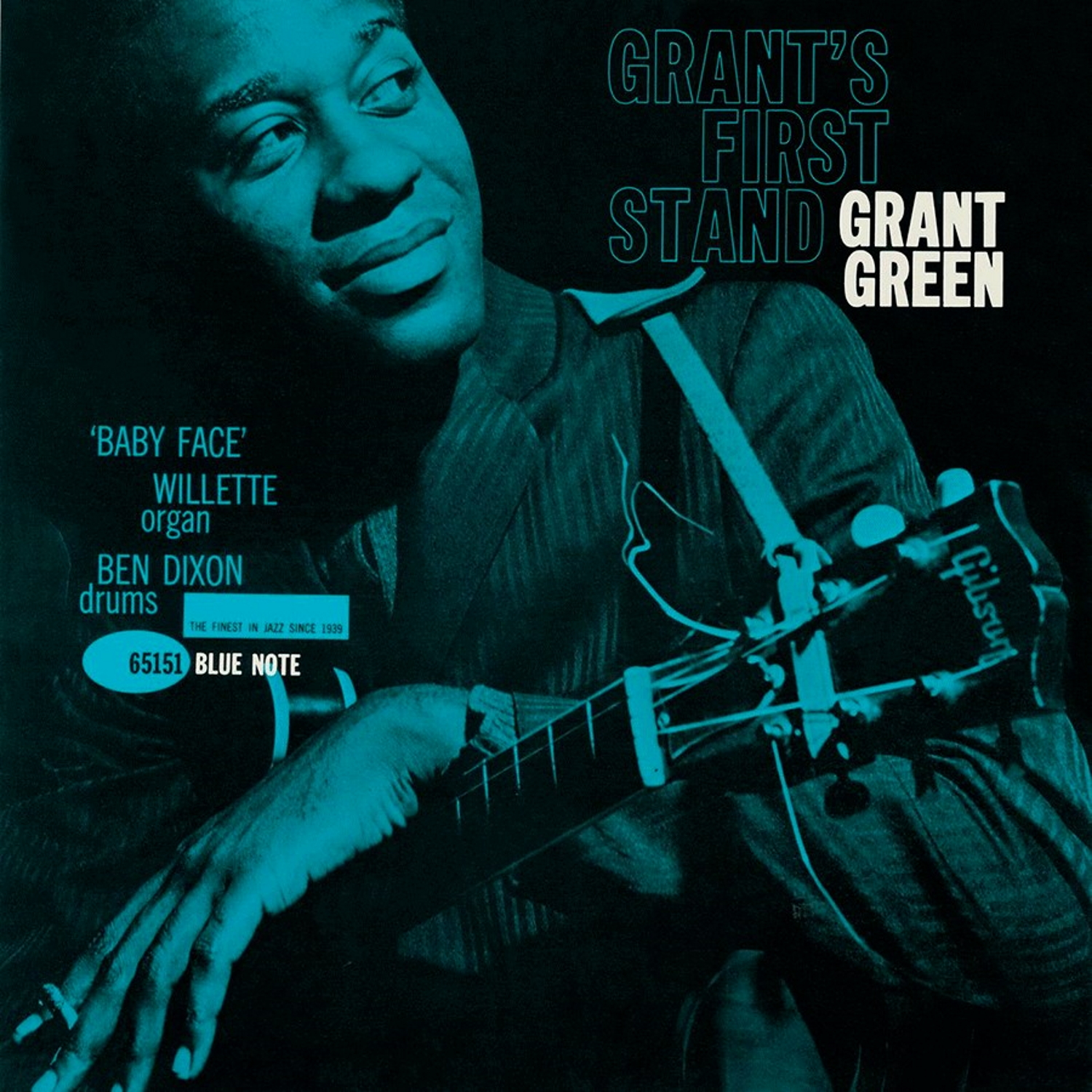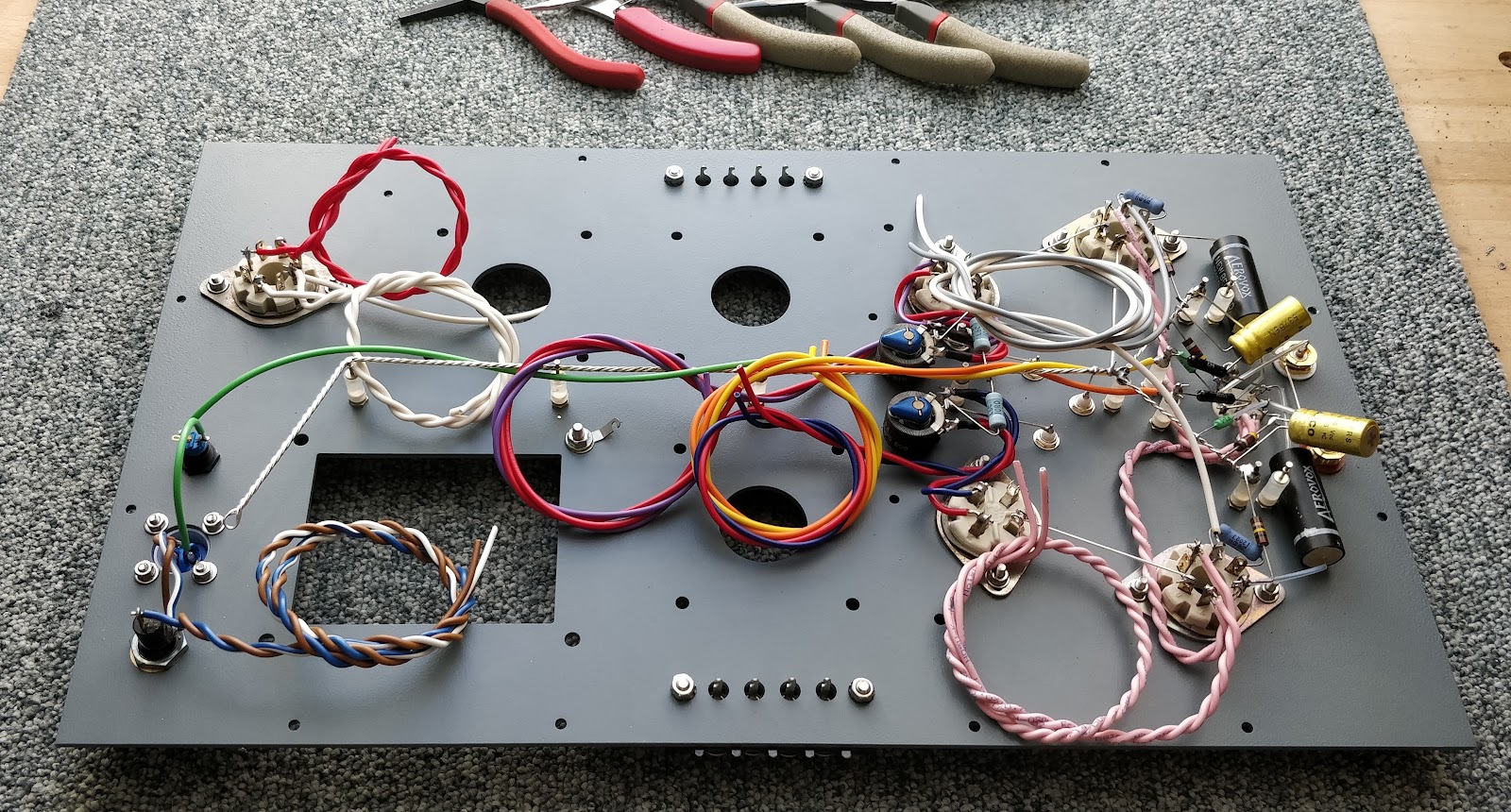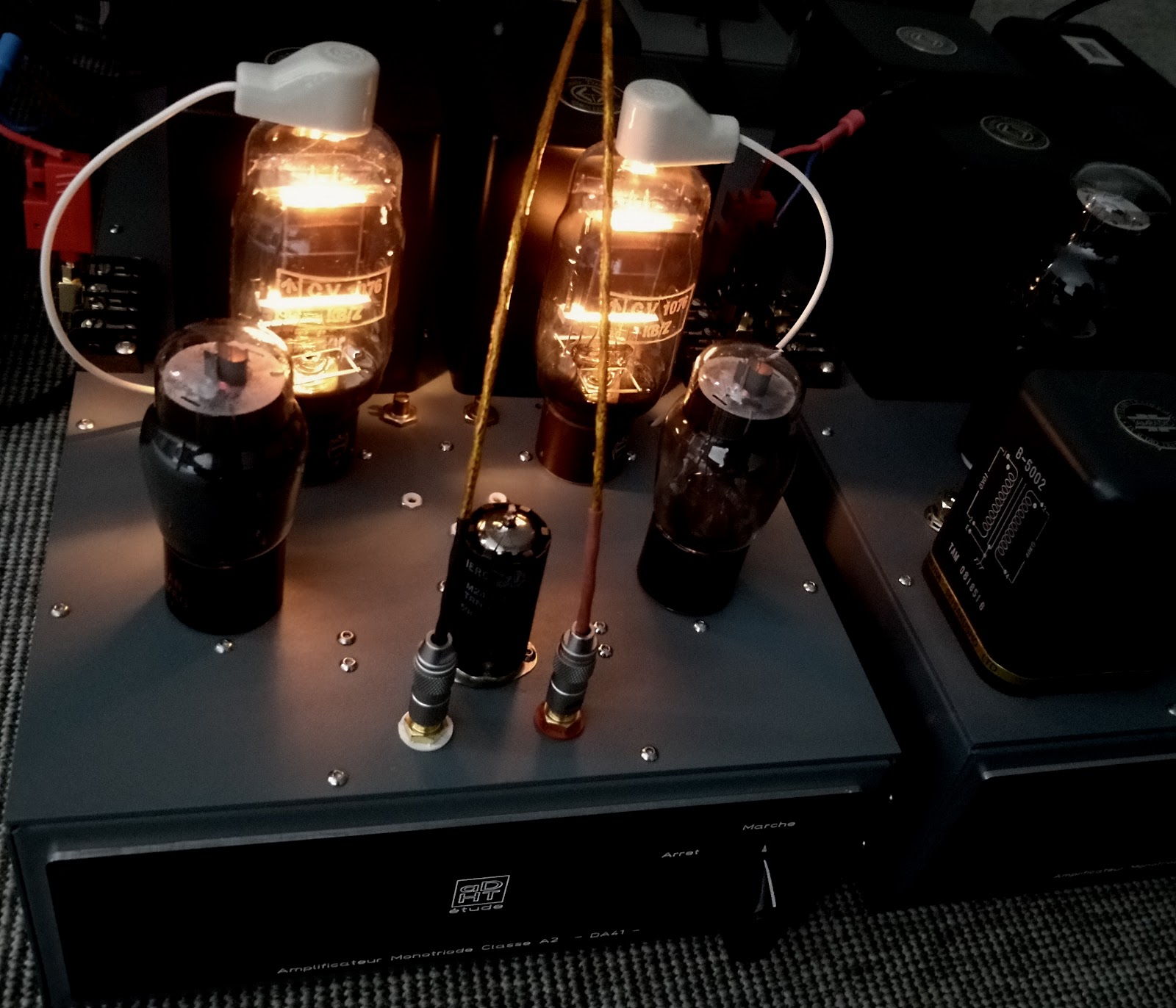A few month ago I sold my
E88C/E86C LCR Phono preamp, playing the recently build
C3g/E182CC RC one. I soon realized I couldn’t live without. Not to say the C3g is inferior, it
is the most enjoyable preamp I have today but I miss the absolute delicacy and
sweetness the LCR had. My wish would be a preamp combining all qualities, even
if everyone knows that the search for the ultimate phono, the one that brings
pure enjoyment on any kind of music, is a never ending story.
Whatsoever, it didn’t take a long time before I decide to undertake a new one.
New project, new interrogation. Is the final result a matter of network or
tube choice, what has the most significant impact on sound reproduction ?
I personally think that active components, the way they are used, the dynamic
behavior and the distortion figure under use conditions, have a much bigger
influence upon sound than the EQ itself and decided to keep the same approach
than in the RC phono, a first stage pentode instead of a triode.
Fortunately, when cost was in par with my wallet, I stocked a few transformers
and can build a complete unit with the same irons previously used in the E88C LCR
phono. Just had to buy new RIAA EQ sets.
Temptation was great to use the same tubes with the benefit of an A/B
comparison, but the C3g gain would have been too high especially on a 20K
load. I had to find a substitute with equal qualities and not too exotic. The
search for the (almost) perfect equivalent took some time and I finally
stopped on the E83F. A high Gm pentode, easy to source, apparently low
distortion, low noise and primarily developed for class A audio applications
in telephone repeaters. Surfing the Web I discovered it has been used in the
last stage of the iconic TAB Telefunken V76 microphone amplifier. Choke loaded
and capacitor coupled to the output transformer (full shematic here). This preamp has a reputation of excellence. A serious reference and a
great encouragement for my project.
First stage
Beyond the basic DC study from datasheets, my old HP dynamic analyzer was of
great help to set the best operating point and get a similar harmonics
distribution than the C3g. Once done, gain is close to 160 with very, very low
distortion.
Second stage
RIAA network plus transformers (A8713 20K/600 and TKS50 600/50K) has a 0.158 @ 1KHz overall gain which commands an
amplification of 15 to get +45/+50dB. What immediately comes to mind is the
6SN7/12AU7 family of tubes. Having a good supply of miniature double triodes,
it was obvious to give them a try.
From the dozen references tested I only kept six. All have outstanding
performance, with a personal preference for Mullard M8136/CV4003 and Tungsram
E80CC. These two fine tubes are just followed by Siemens 5814A triple mica and
RTC 5814A. The others (Sylvania 6072A & GE 12BH7A) being slightly less
involving while keeping all other qualities like great tonal balance, wide
soundstage and lifelike restitution. Distortion was a bit higher with
the12BH7A and 6072A had too much gain and a forward presentation.
DC point is set according to manufacturer recommendations. Below the E80CC
setup, identical for M8136 and 5814. The 12BH7A needs a lower bias resistor




Schematic is very similar to the full triodes preamp
Note: LCR network can be either feed or loaded by 600 ohm, in any case you have to remove one 600 ohm resistor ( R4 or R12 ), this ensures network to work properly. Thanks to Bruce B. who pointed out this issue in my schematic.
Supply, parts and making of
Wishing to keep this phono as close as possible to the first one, at least in
design, I calculated a double choke C input supply. For basics refer to
the EC88 LCR phono supply post.
R7 serves two purposes: draws the necessary current to set DC voltage and acts
like a crude shunt regulator.
Just one capacitor in signal path and another in G2, its choice
will greatly influence final balance. Not really fan of mellow or colored
restitution, I prefer a neutral sound, less appealing but more realistic. A
few, very few caps have such ability and they are not super exotic, fancy,
expensive…. ITT PMT/2R and relatives like LMT, Aerovox V161 (polyester, used
in original Pultech equalizer) are close to that ideal. Finally choose the
PMT/2R, a long time favorite. Thanks to Jean Hiraga.

During the first listening test I noticed some hum, about 2mV, a bit annoying.
This is a recurrent problem with pentodes (partition noise & HV supply
ripple) and to fix this issue I replaced Rg2 carbon resistor by a metal film
one and added a hum cancellation capacitor in parallel. Calculation is tedious
(RDH 4th Ed. p539) for precise cancellation and usually not a standard value.
I used 0.15uF for 0.192 calculated and got 0.3mV residual noise. Inaudible at
listening distance and barely discernible close to the speaker, I can now run
intensive listening tests. Also added a 22K grid stopper.
inside PSU
Mullard 5Z4GY rectifier is the best performer in my system, great presence with deep bass.
Phono completed
E83F soft glow
Measurements
First observation, the preamp have a great dynamic potential and huge
headroom. With 80mV input signal I got more than 30V peak/peak with no sign of
clipping. Couldn’t go beyond because my scope was on the lowest selectable
sensitivity.
Next step was a THD test. Just have a look at the pictures to see how good
this preamp is. Considering signal generator + dynamic analyzer total harmonic
distortion (~ 0,014%) this phono exhibit 0,021%@1V rms, mainly H2 (H3 being
almost at background noise level).


At 5 Vrms distortion is only 0,18% with the same harmonics distribution. Not
that bad…
Listenning report
Even if the E83F deserves an A+ whatever the brand, I found the Tungsram more
attractive. As for the E80CC used in the
SRPP line preamp, just two manufacturers for this fine pentode : Dutch group Philips (
Mullard, Valvo, RTC, Amperex …) and the Hungarian one. Not as glamorous as
Mullard or Telefunken, Tungsram tubes are of excellent quality and completely
underated.
Sound is well focused, tonally correct and ample. Less punchy than the C3g but
still offering a very detailed and vivid sound. Most obvious qualities are
clear (could be dry depending upon second stage tube - Sylvania 6072A) and clean,
different of the E88C/E86C combo which, in my memory, was softer and less
analytical. This is probably due to a more euphonic sound in a full triode
setup. Pentodes are by far more neutral and I understand Telefunken choice for
the V76 mic preamp when it is crucial to catch the sound during a performance
with a total neutrality. The E83F is an uncompromising tube of exceptional
transparency. When I compare to the C3g, the E83F appears slightly less
seductive but certainly the most truthful.
After several hours of attentive listening this preamp is an excellent
performer on philharmonic music, big band, human voice, cello solo and organ,
but not only. It is the only phono that makes me hear or feel the recording
studio acoustic. The 2nd stage tube that remains the best (balanced, detailed,
neutral) on any kind of music is the Tungsram E80CC.
One drawback, you need top-notch drivers otherwise listening tends to be
boring or tiring. Had the not so good idea to set the JBL 2470 in place of the
Altec 288C in my
homebrewed speakers. Will never do it again. Every improvement highlights mismatches and
weaknesses.
vinyls, vinyls forever.....























































































